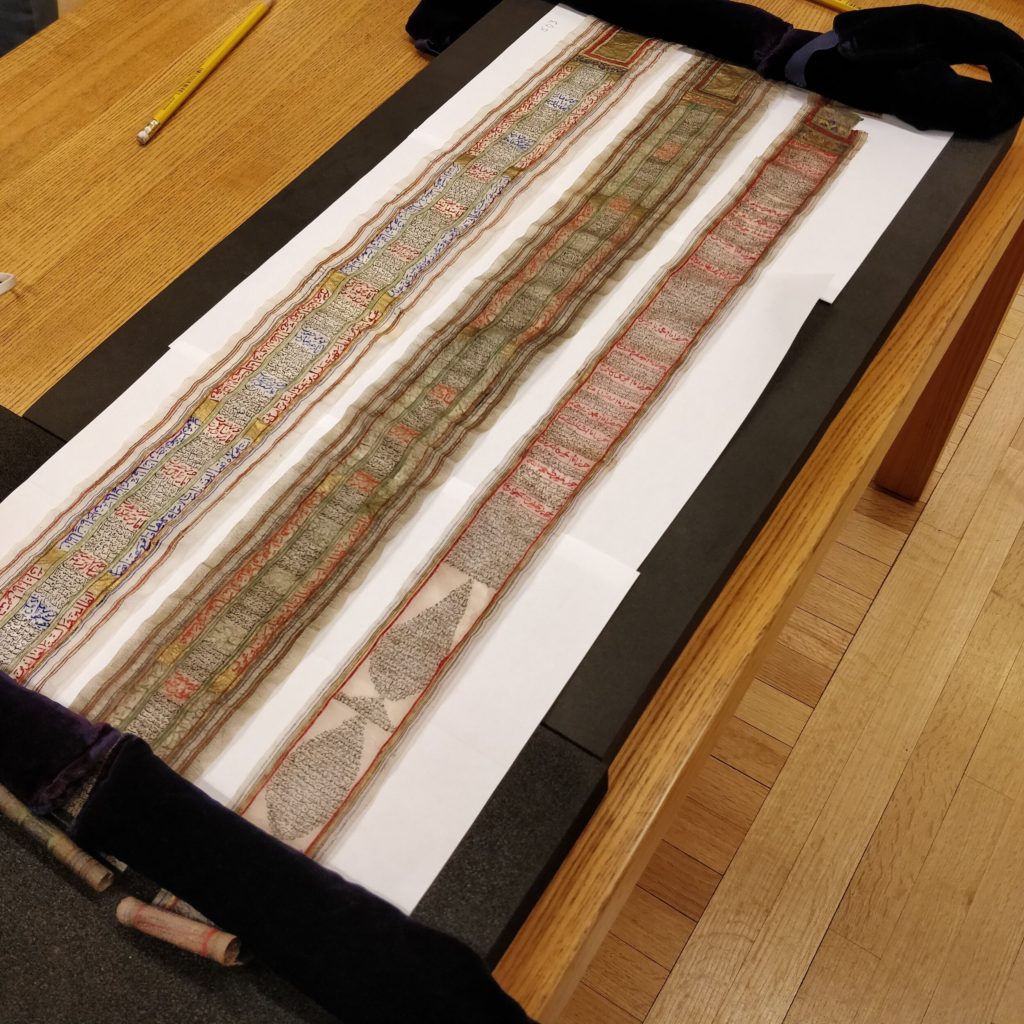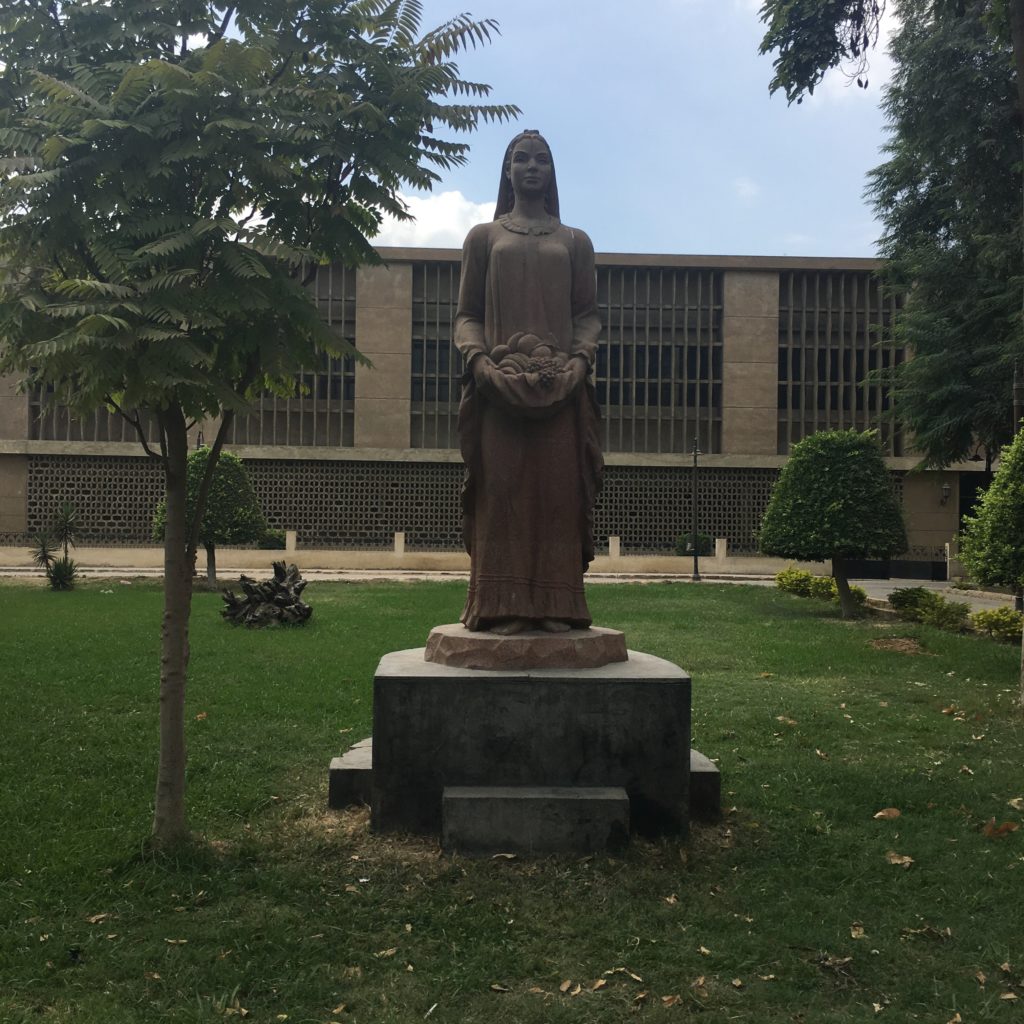Why are manuscripts critical to Islamic and Islamicate studies, and how do they impact pedagogy? How does material culture help us venture into the past, and how do manuscripts affect religious practice, be it Muslim, Coptic, Armenian, etc? Hazine is seeking 3-4 pieces on manuscripts and material culture from the Mashriq, Maghreb, East Africa, West Africa, Sub-Saharan Africa, South Asia, Southeast Asia, Central Asia, the Caucasus, Turkey, Iran, Greece, the Balkans, and the Mediterranean broadly that address, but are not limited to, the following topics:

(Photo credit: Shabbir Agha Abbas)
- Miniatures, calligraphy, and other forms of Islamicate art
- Talismans, amulets, and other items from the occult sciences
- New findings that challenge established notions, such as variant readings
- Technical aspects of handling and preserving manuscripts; innovations in the field of conservation and preservation
- Efforts on decolonizing western manuscript collections, including archive reviews
Send pitches to hazineblog[at]gmail.com. This is an open-ended call.
Pitches should be no longer than 300 words and should be accompanied by a few sentences telling us who you are. Pitches (and pieces) are accepted in English; we accept essays and are open to different forms such as resource guides, archive reviews, as well as creative formats like zines and comics. We welcome different forms of style as we expand the essay category of the site but do have a look at the essays we’ve run previously, like this one on typography and this one on archivy, because they demonstrate what we’re really looking for: a strong point of view. Completed essays –if accepted– will be 2000 words or less. Deadlines for completed pieces are flexible. Each piece is paid at least 100 USD upon publication; we are in the process of adjusting our fees.
All pitches will receive a response.

